Understanding LED TV & LCD TV technology: How They Work
Introduction
LED TV & LCD TV technology has revolutionized the television industry, offering improved picture quality, energy efficiency, and affordability. The increasing accessibility of these TVs has made them a staple in households, offices, and entertainment venues worldwide. However, despite their widespread use, there is often confusion surrounding their differences, similarities, and the way they work. Understanding the inner workings of these technologies is crucial for making informed decisions on purchasing, maintaining, and troubleshooting TVs.
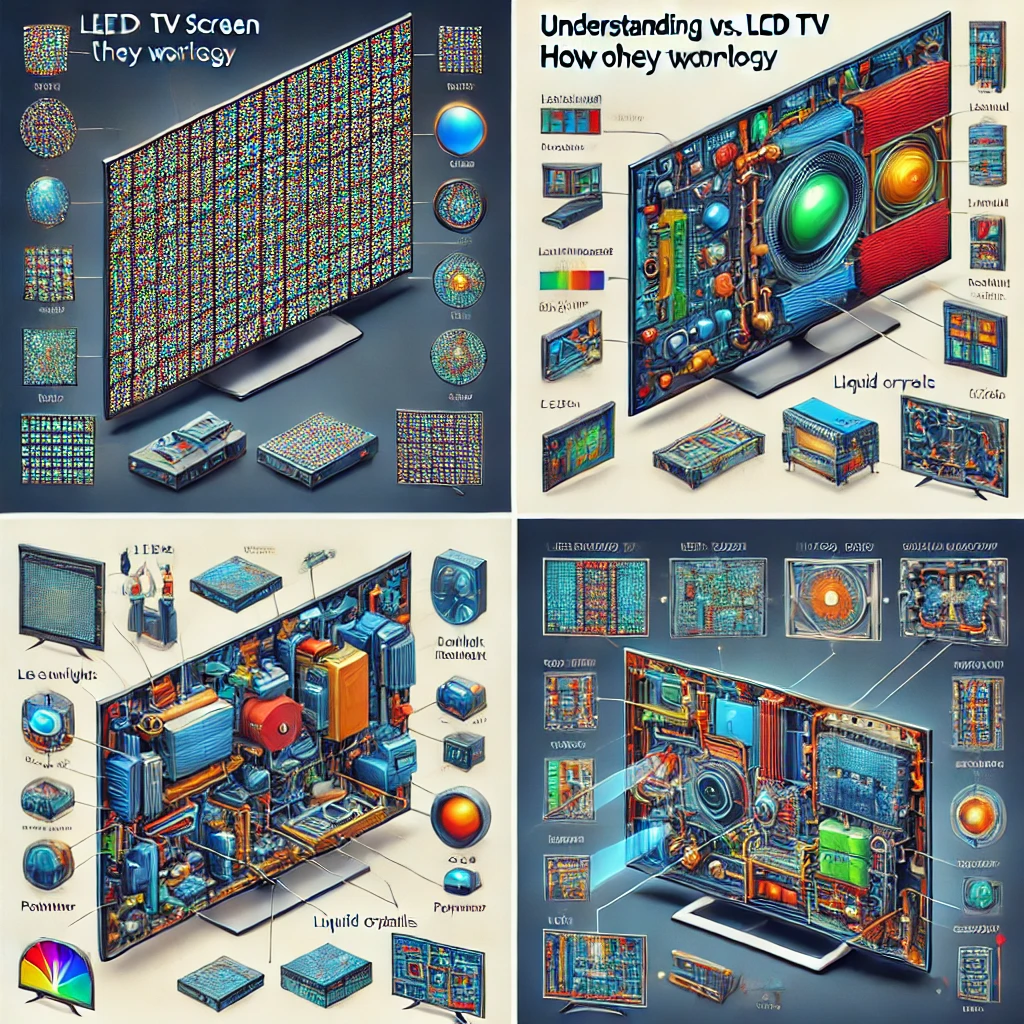
For those interested in electronics repair or simply looking to upgrade their home entertainment experience, this guide delves deep into LED TV & LCD TV technology, exploring how to LED & LCD TVs work, their fundamental principles, and the distinctive features that set them apart. By the end of this guide, you’ll not only have a thorough grasp of LED & LCD working principles but also be able to distinguish LED vs LCD TV differences effectively. LED TV & LCD TV technology Let’s explore the fascinating world of these display technologies!
What is an LCD TV?
LCD stands for Liquid Crystal Display, a technology that utilizes liquid crystals to create images on the screen. Unlike older CRT TVs, LCDs require an external light source — typically fluorescent lamps or LED backlights — to illuminate the display. Understanding this foundational technology is crucial for anyone interested in LED & LCD working principle and consumer electronics.
Who Invented the LCD TV?
The concept of liquid crystals was first discovered by Austrian botanist Friedrich Reinitzer in 1888. However, the application of this technology in displays was developed in the 1960s by a team of researchers at RCA (Radio Corporation of America) led by George H. Heilmeier. Heilmeier is credited with inventing the first practical LCD TV technology. In 1968, RCA demonstrated the first working LCD TV prototype, and by the early 1970s, the technology began appearing in digital watches and calculators.
Heilmeier received multiple patents for his contributions to LCD TV technology, which laid the groundwork for the advanced displays we see today. The development of TFT (Thin Film Transistor) technology in the 1980s further revolutionized LCD screens, making them faster and more responsive, leading to their widespread adoption in TVs.
Components of an LCD TV
LCD TVs consist of several essential components that contribute to their functionality. These components can be categorized into three primary sections: the display panel, power supply, and motherboard. Understanding these components is vital for grasping how to LED & LCD TVs work effectively.
Complete TV Components:
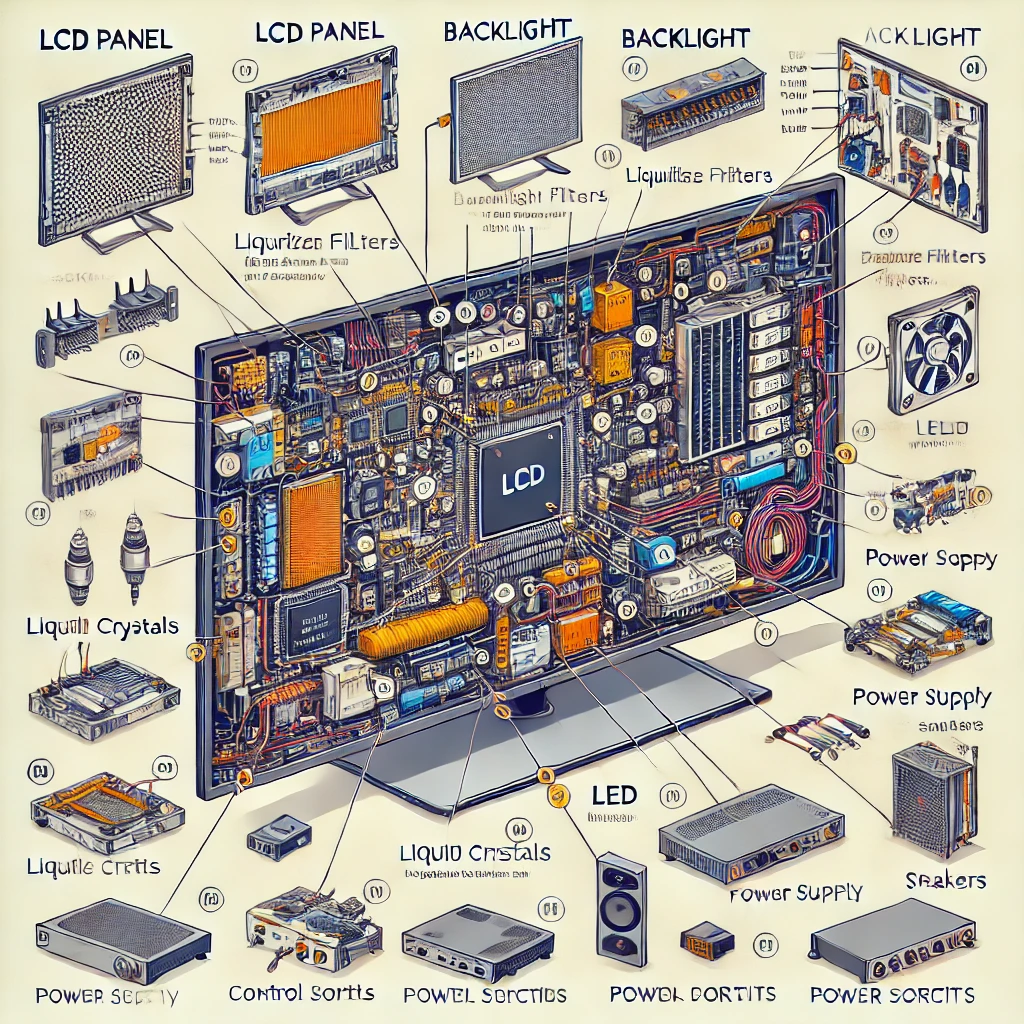
- Display Panel: Contains the liquid crystals and backlighting necessary to produce images.
- Power Supply Board: Regulates and distributes power throughout the TV, converting AC to DC.
- Main Motherboard (Main Board): Manages video processing, audio output, and input connections.
- T-Con Board (Timing Control Board): Coordinates the signals between the motherboard and display panel.
- Inverter Board: Converts DC to AC if using CCFL (Cold Cathode Fluorescent Lamp) backlighting.
- Speakers: Deliver audio output.
- Input and Output Ports: HDMI, USB, AV, and more for connectivity.
- Remote Sensor and Control Buttons: For user input and TV control.
Display Panel Components:
- Liquid Crystal Layer: Forms the visual display by adjusting light transparency.
- Polarizers: Control the orientation of light passing through.
- Backlight System: Either LED or CCFL, providing illumination.
- Diffuser Panel: Distributes light evenly across the screen.
- Color Filters: Separate RGB (Red, Green, Blue) colors to form images.
- TFT (Thin Film Transistor) Array: Controls pixel operation.
Power Supply Section:
- Transformer: Steps down the voltage for internal use.
- Rectifier Circuit: Converts AC to DC power.
- Capacitors and Inductors: Filter and regulate power supply.
- Fuse and Protection Circuit: Prevents power surges and overloads.
Motherboard Section:
- Video Processor: Converts input signals into image data.
- Audio Processor: Manages sound signals.
- Memory Chips: Store firmware and settings.
- Input Controllers: Handle signals from HDMI, USB, and other ports.
- Firmware and Software: Control user interface, settings, and features.
LCD TV Input/Output (I/O) Panels:
The I/O panels of LCD TVs are crucial for connectivity and user experience. They include:
- HDMI Ports: For high-definition multimedia interface connections, commonly used for set-top boxes, gaming consoles, and streaming devices.
- USB Ports: For media playback, firmware updates, and connecting peripherals.
- AV Input/Output: For older devices like DVD players and VCRs.
- VGA Port: For connecting computers and laptops.
- Antenna/Cable Input: For connecting to broadcast signals.
- Optical Audio Out: For high-quality audio connections to sound systems.
- Headphone Jack: For private listening.
What is an LED TV?
An LED TV is a type of LCD TV that uses LED (Light Emitting Diode) technology for backlighting. While both LED and LCD TVs utilize liquid crystal technology for display, the distinction lies in the backlighting method. LEDs are more energy-efficient, provide better brightness control, and enhance contrast ratios, resulting in sharper, more vibrant images. This advancement makes LED TVs a popular choice in modern households.
Who Invented the LED TV?
The first practical use of LED technology was developed by Nick Holonyak Jr. in 1962 while working at General Electric (GE). However, the application of LEDs for backlighting in LCD TVs became mainstream in the mid-2000s, led by electronics giants like Sony, Samsung, and LG. These companies pioneered the integration of LED technology to create thinner, more efficient, and visually appealing televisions.
Components of an LED TV
LED TVs consist of various components that work together to deliver high-quality visuals and sound. These components are categorized into display panels, power supply units, and control boards, essential for understanding how to LED & LCD TVs work and the differences between them.
Complete TV Components:
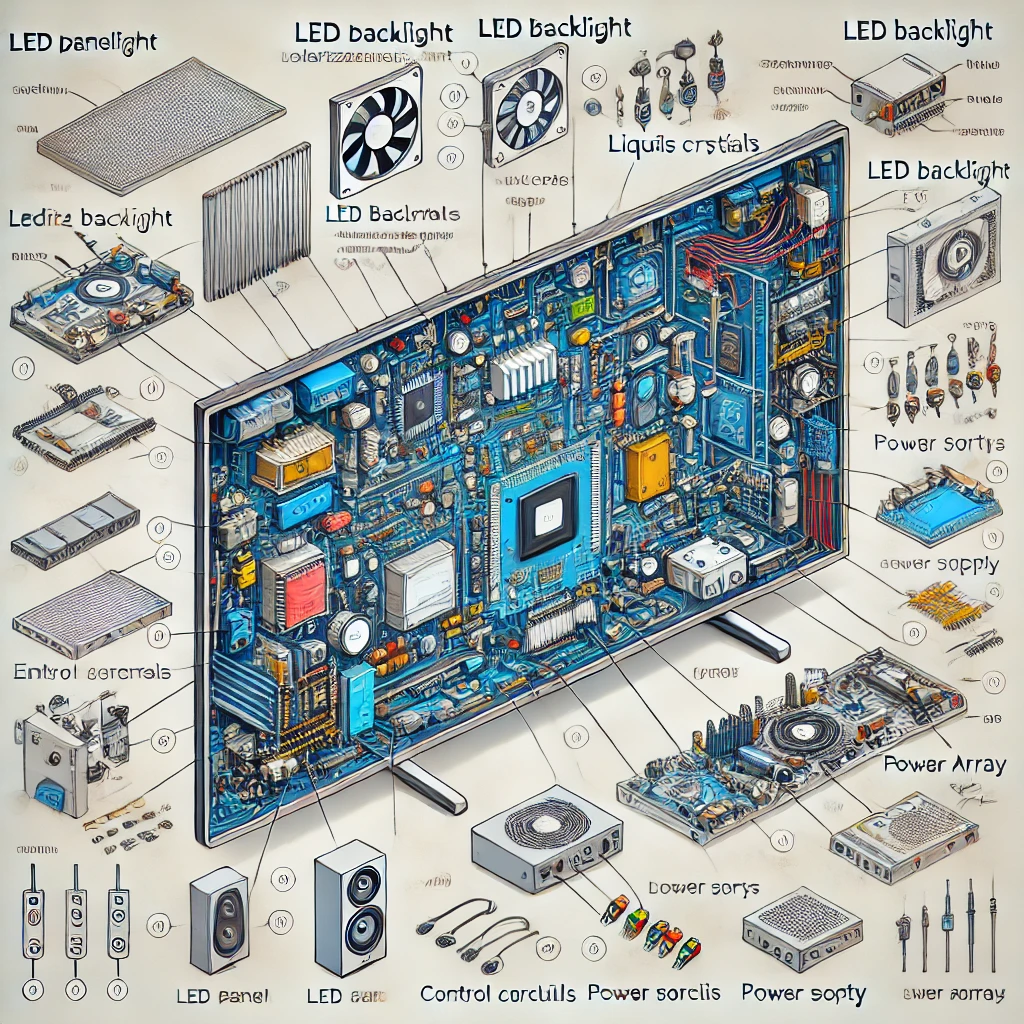
- LED Display Panel: Contains the liquid crystals and uses LED backlighting for illumination.
- Power Supply Board: Regulates power input, converting AC to DC, ensuring consistent energy flow.
- Main Motherboard (Main Board): Handles video processing, audio output, and input connections.
- T-Con Board (Timing Control Board): Manages synchronization between the motherboard and display panel.
- LED Driver Board: Specifically controls the brightness and color intensity of LED backlights.
- Speakers: Provide audio output for the TV.
- Input and Output Ports: HDMI, USB, AV, Ethernet, and more for external device connectivity.
- Remote Sensor and Control Buttons: For user input and remote control.
LED TV Input/Output (I/O) Panels
The I/O panels of LED TVs enable connectivity and user interaction, featuring advanced ports for compatibility with modern devices:
- HDMI Ports: Essential for high-definition input from gaming consoles, streaming devices, and set-top boxes.
- USB Ports: For playing multimedia files, software updates, and peripheral connections.
- AV Input/Output: For older devices like DVD players and camcorders.
- VGA Port: Occasionally present for connecting to computers or laptops.
- Antenna/Cable Input: For receiving over-the-air or cable TV signals.
- Optical Audio Out: For high-quality sound output to audio systems.
- Ethernet Port: For internet connectivity and smart TV functions.
- Headphone Jack: For private listening without disturbing others.
Difference Between LCD TV and LED TV technology
Introduction
LED TV & LCD TV technology vs LCD (Liquid Crystal Display) and LED (Light Emitting Diode) TVs are two of the most popular types of flat-panel displays used today. Although they share similarities in their core technology, there are significant differences in their display quality, energy efficiency, and overall performance. Understanding these differences is essential for consumers looking to purchase a new TV and for technicians involved in repair and troubleshooting of LED TV & LCD TV technology.
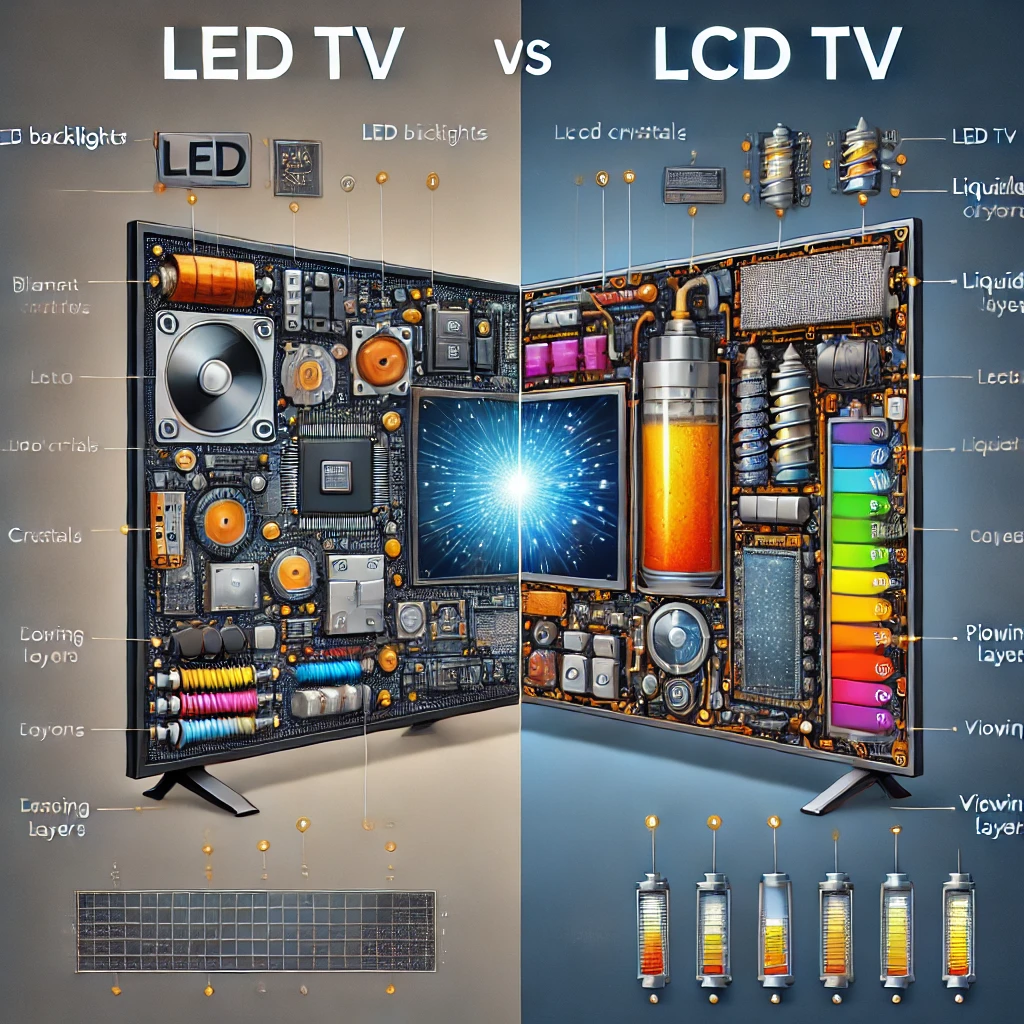
This guide explores the key distinctions between LCD TV vs LED TV, analyzing their working principles, advantages, disadvantages, and practical applications. By understanding these differences, you can make a more informed decision when choosing a television that meets your needs.
Quick Comparison Table: LCD TV vs LED TV
| Feature | LCD TV | LED TV |
|---|---|---|
| Backlighting | CCFL (Cold Cathode Fluorescent Lamp) | LED (Light Emitting Diode) |
| Thickness | Thicker design | Slim and sleek |
| Brightness | Moderate | High, with better contrast |
| Energy Efficiency | Less efficient | More energy-efficient |
| Lifespan | Shorter, due to aging CCFLs | Longer, durable LEDs |
| Price | Generally affordable | Higher, but better value long-term |
Working Principle
- LCD TV: Utilizes liquid crystals sandwiched between two glass layers. These crystals manipulate light to display images, relying on a backlight—typically CCFL (Cold Cathode Fluorescent Lamp) technology.
- LED TV: Also uses liquid crystal technology but employs LEDs for backlighting instead of CCFLs. The use of LEDs results in better brightness, energy efficiency, and thinner designs.
Display Quality
- LCD TV: Has limited brightness levels due to CCFL backlighting, resulting in moderate contrast ratios.
- LED TV: Offers higher brightness levels, deeper contrast ratios, and enhanced color accuracy due to the use of LEDs. Local dimming further improves image quality.
Energy Efficiency
- LCD TV: Consumes more power due to the constant illumination of the entire screen.
- LED TV: More energy-efficient, as LEDs consume less power and can be selectively controlled for backlighting.
Design and Thickness
- LCD TV: Generally thicker due to the need for CCFL backlighting.
- LED TV: Thinner and sleeker designs because of compact LED backlighting.
Lifespan and Durability
- LCD TV: Typically has a shorter lifespan due to the aging of CCFLs.
- LED TV: Longer lifespan as LEDs have a higher durability and efficiency.
Price and Affordability
- LCD TV: Usually more affordable due to older technology.
- LED TV: Higher initial cost but better value over time due to energy savings and longevity.
Applications
- LCD TV: Suitable for basic home use and budget-conscious consumers.
- LED TV: Ideal for advanced home theaters, gaming setups, and professional displays.
Conclusion LED TV & LCD TV technology
By understanding these differences, consumers and technicians can make well-informed decisions regarding LCD TV vs LED TV based on performance, cost, and long-term benefits. The next sections will delve deeper into advanced comparisons and practical considerations.
With this comprehensive understanding of LED TV & LCD TV technology, the next sections will delve deeper into their working principles, differences, and practical applications. These insights will provide a solid foundation for electronics enthusiasts, technicians, and consumers interested in the intricacies of modern television technology.
This detailed examination of both LED TV & LCD TV technology helps in understanding their respective advantages and applications. The following sections will further analyze the technical differences and working principles between LED vs LCD TV differences while integrating the SEO focus keywords.
This structured breakdown of the components helps illustrate how the entire system functions cohesively, ensuring that LED TV & LCD TV technology and LED vs LCD TV differences are understood comprehensively. It also provides insights into the LED & LCD working principles for enthusiasts and professionals.
BEST LED TV LINK :
- Samsung 108 cm (43 inches) Full HD Smart LED TV UA43T5450AKXXL
- MI Xiaomi Smart TV A 80 cm (32) HD Ready Smart Google LED TV L32MA-AIN (Black)

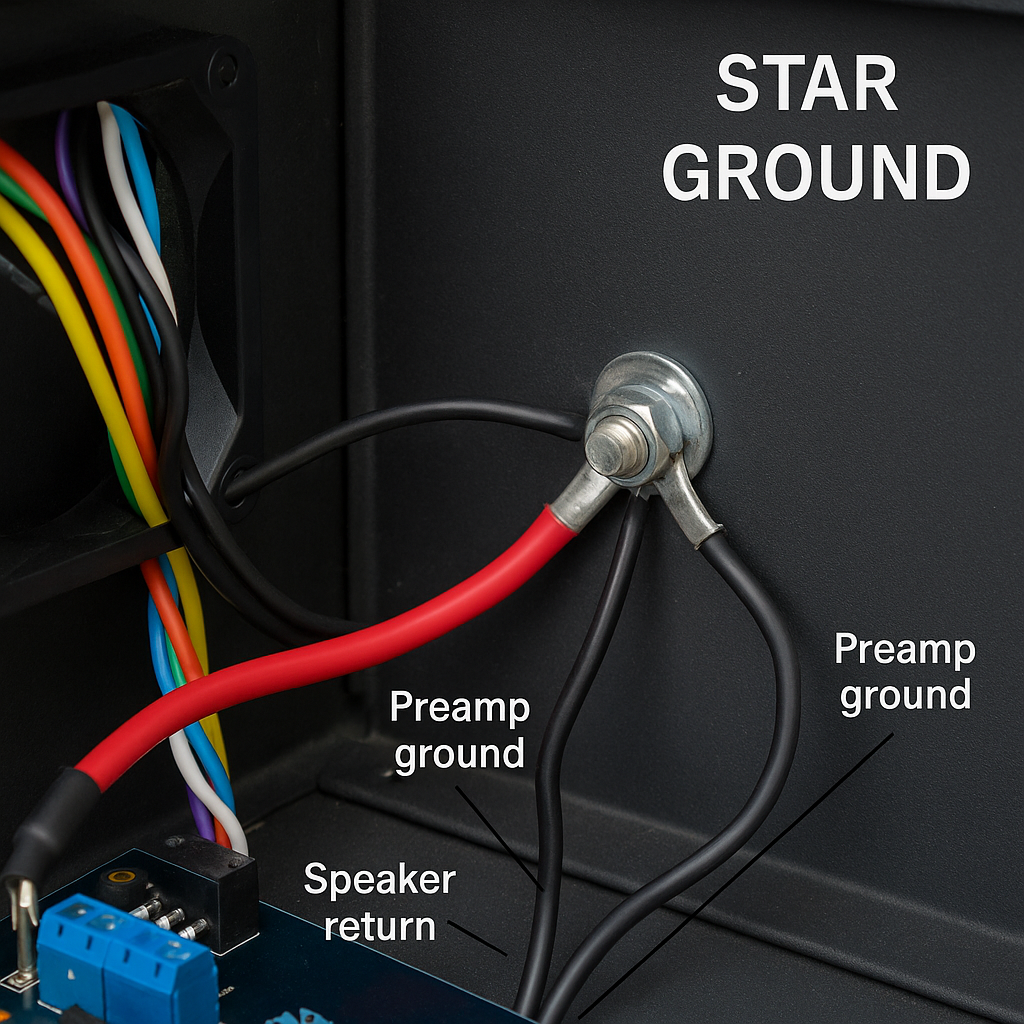


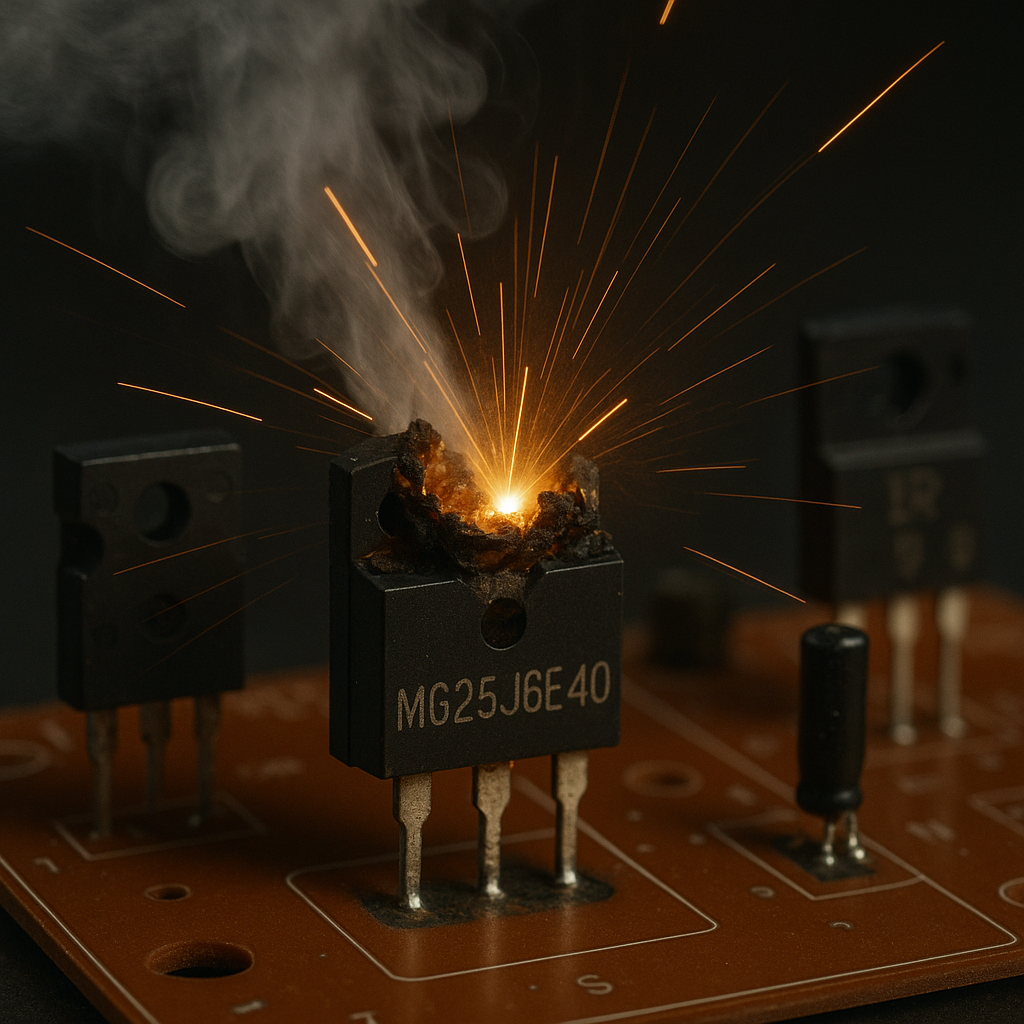

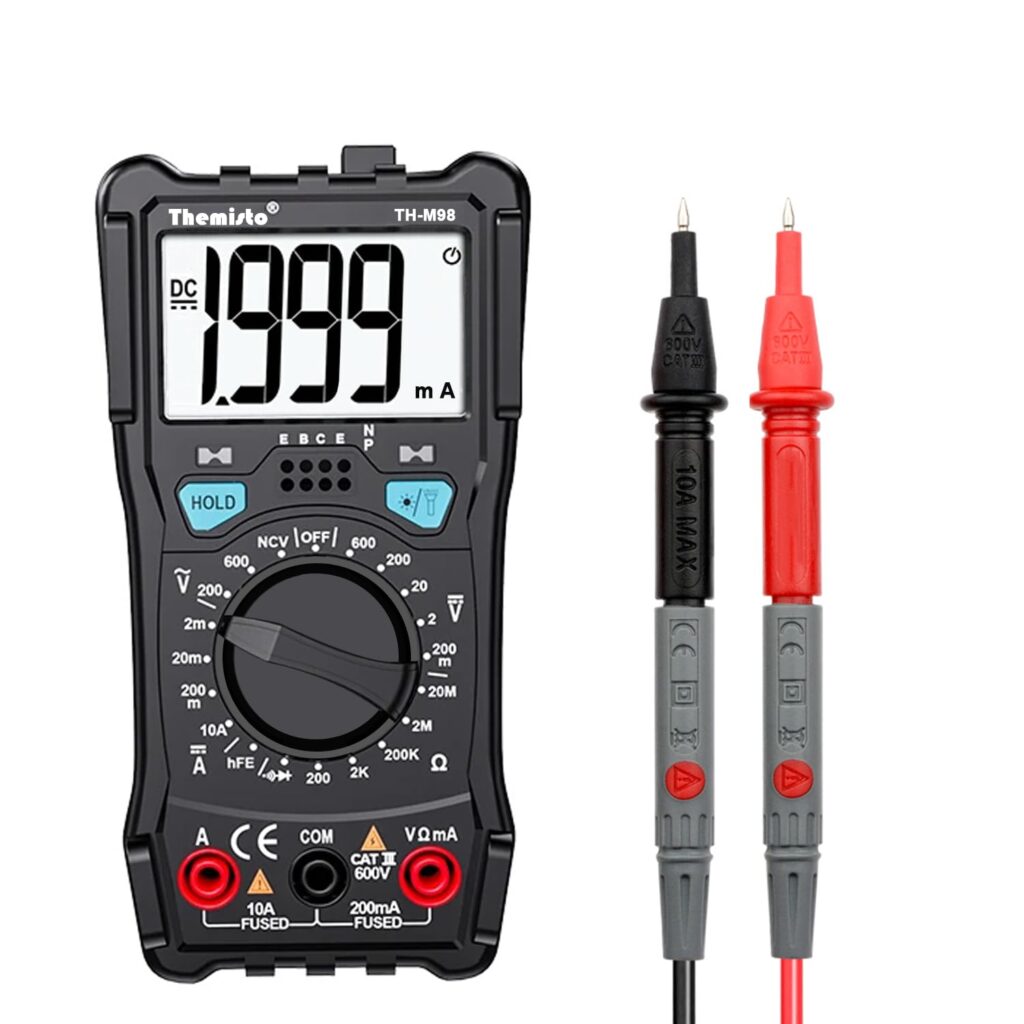
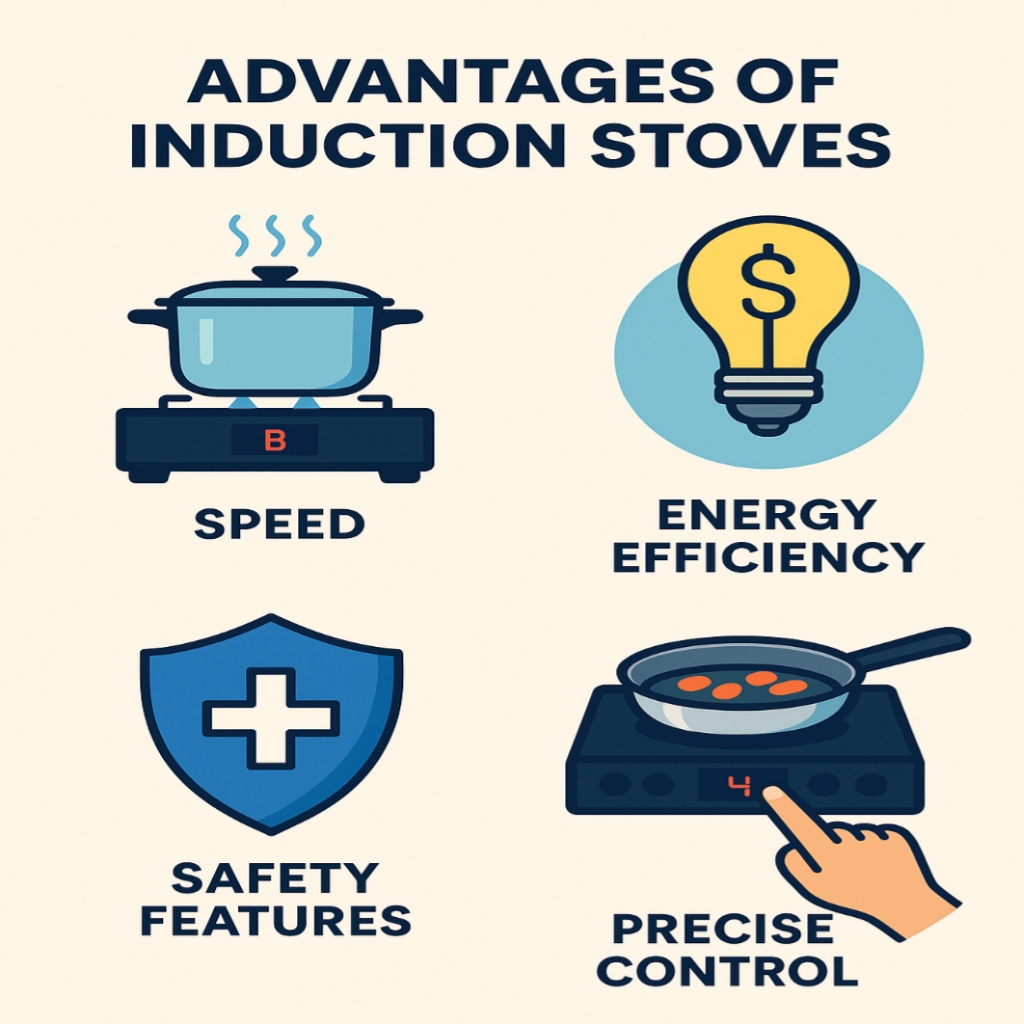


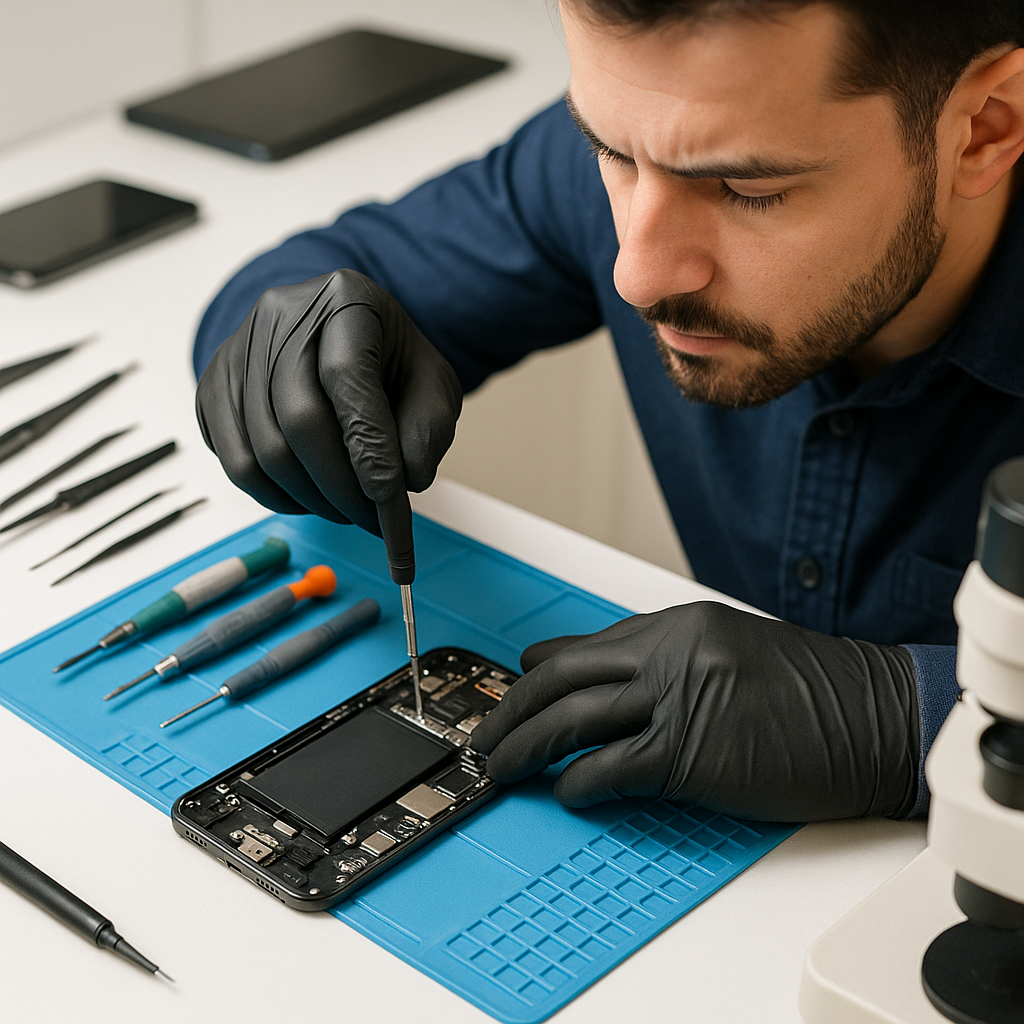

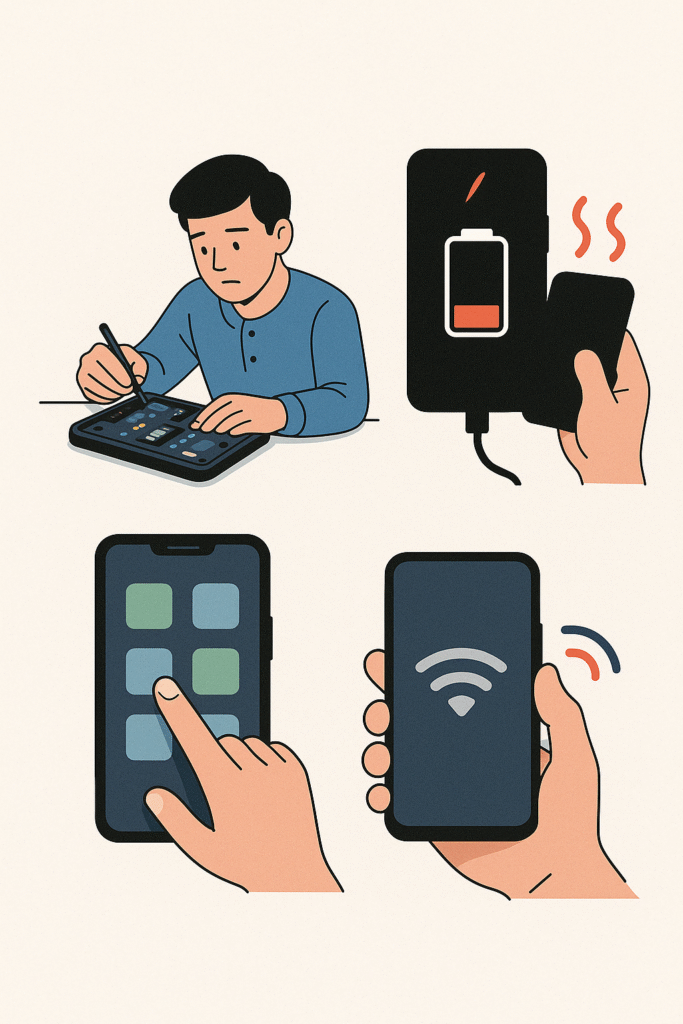

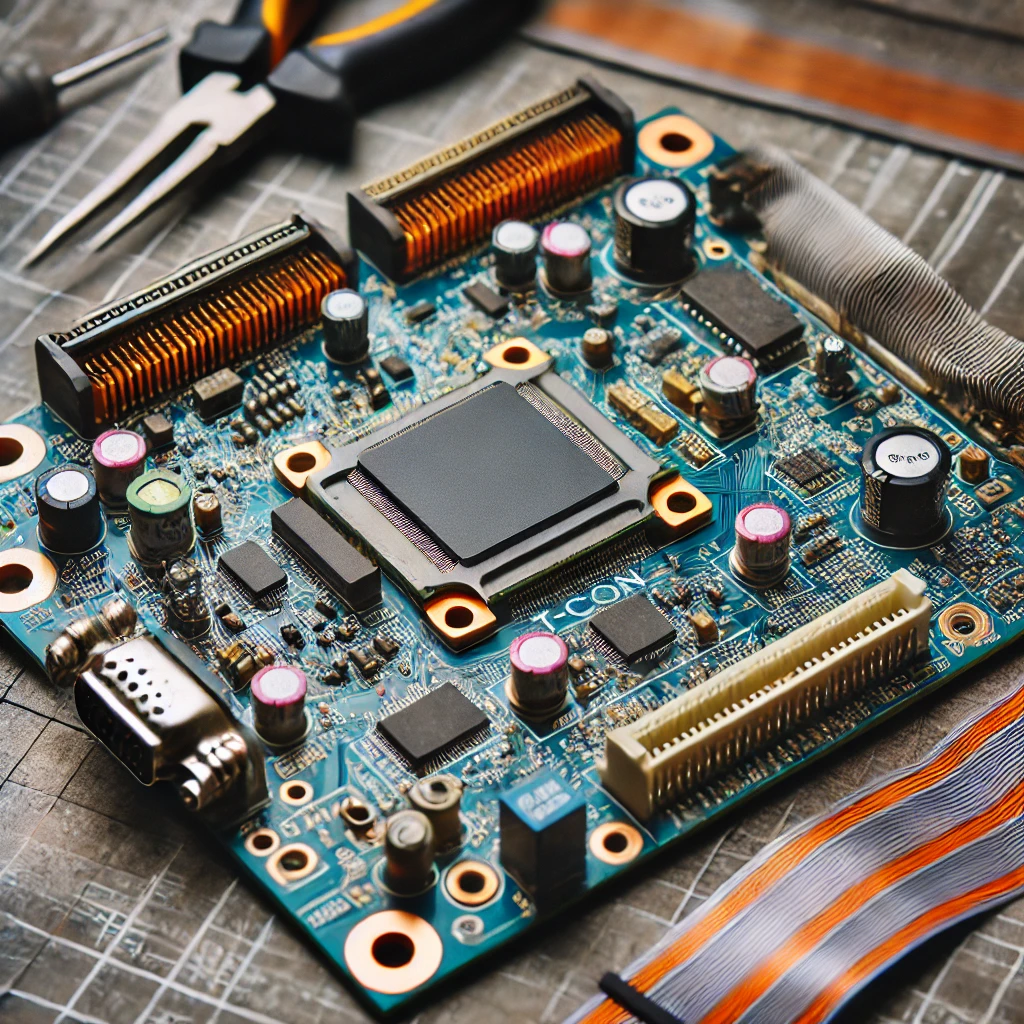

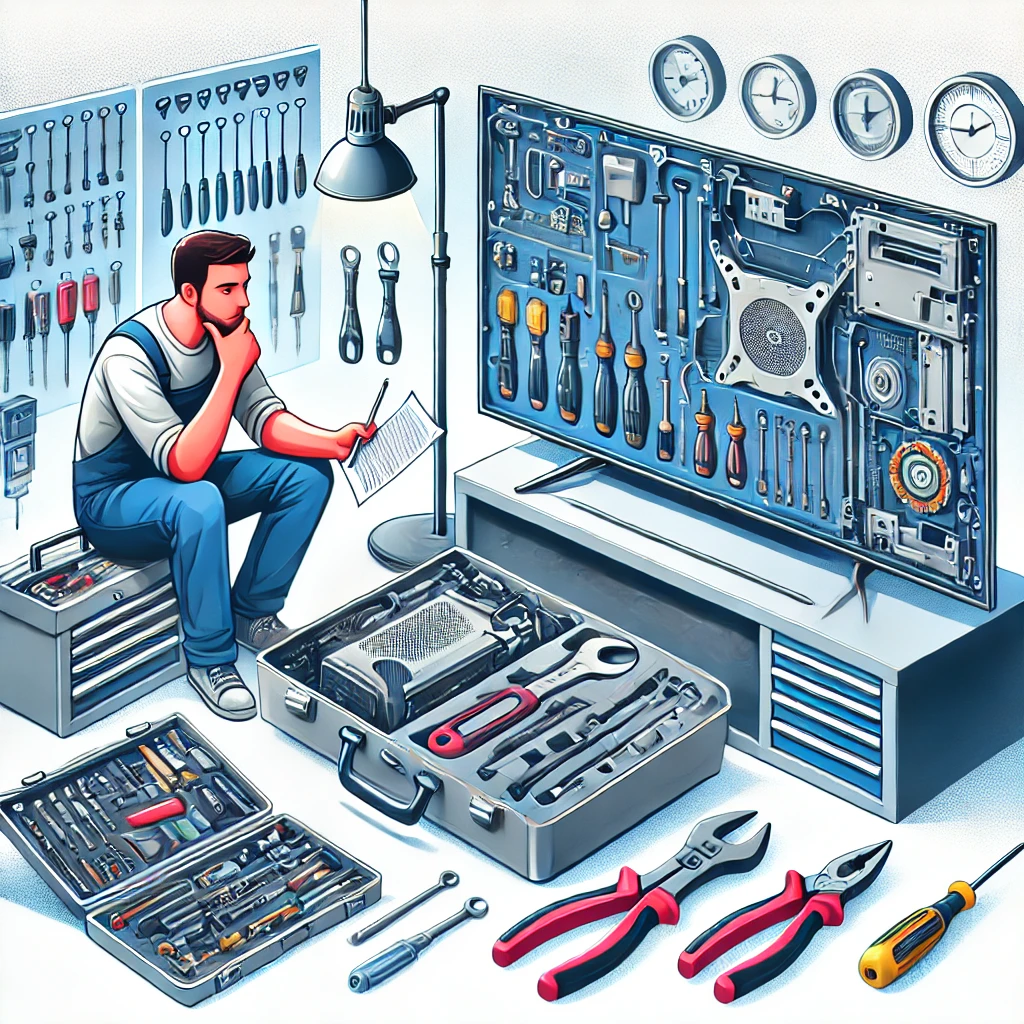
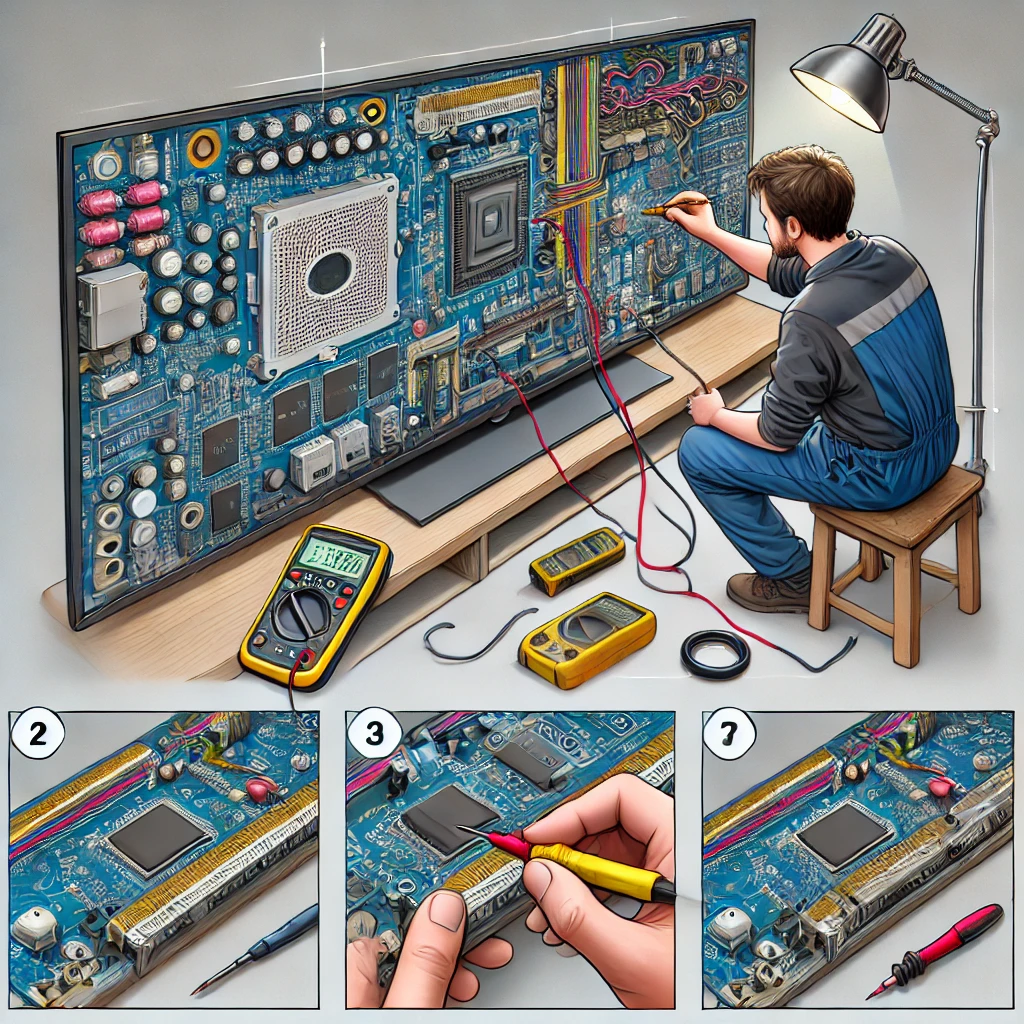

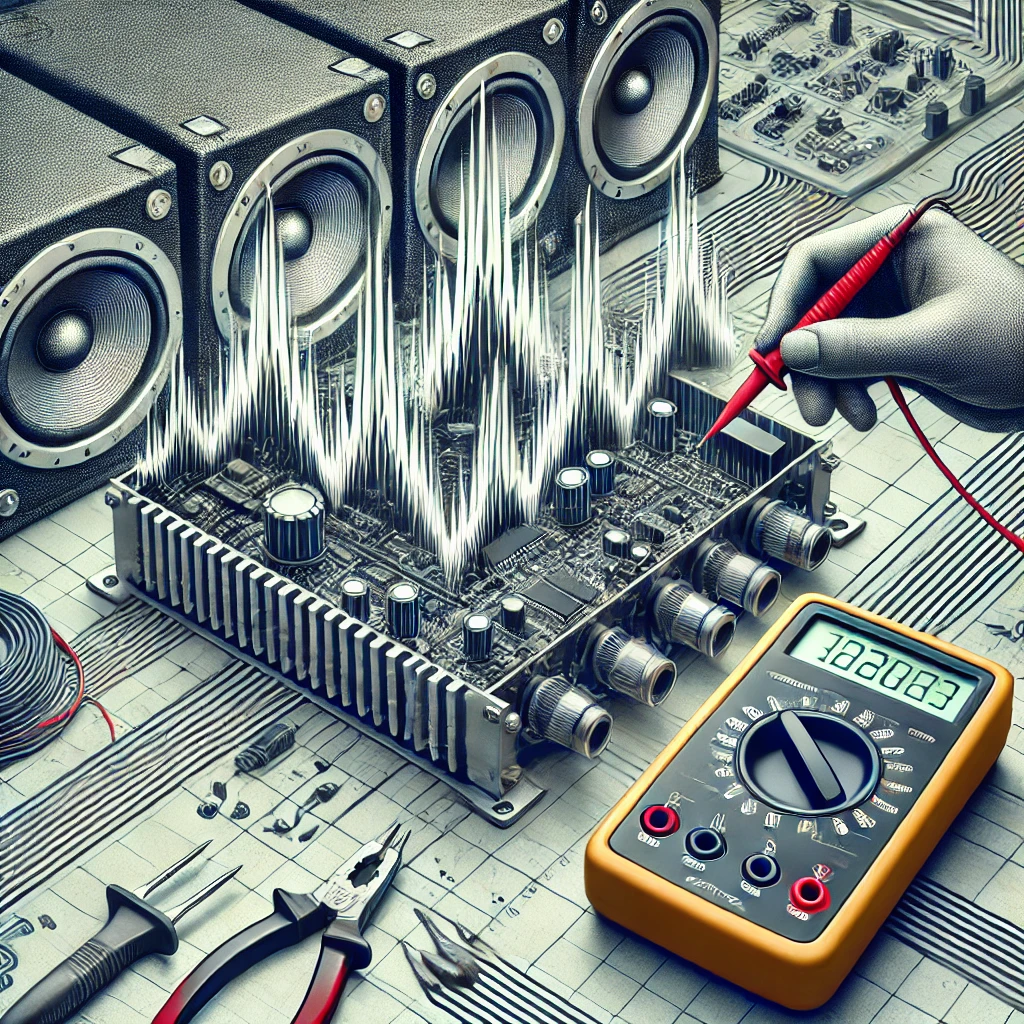
Pingback: 7 Reasons Your Amplifier Overheats & Easy Fixes to Stop It (2025)